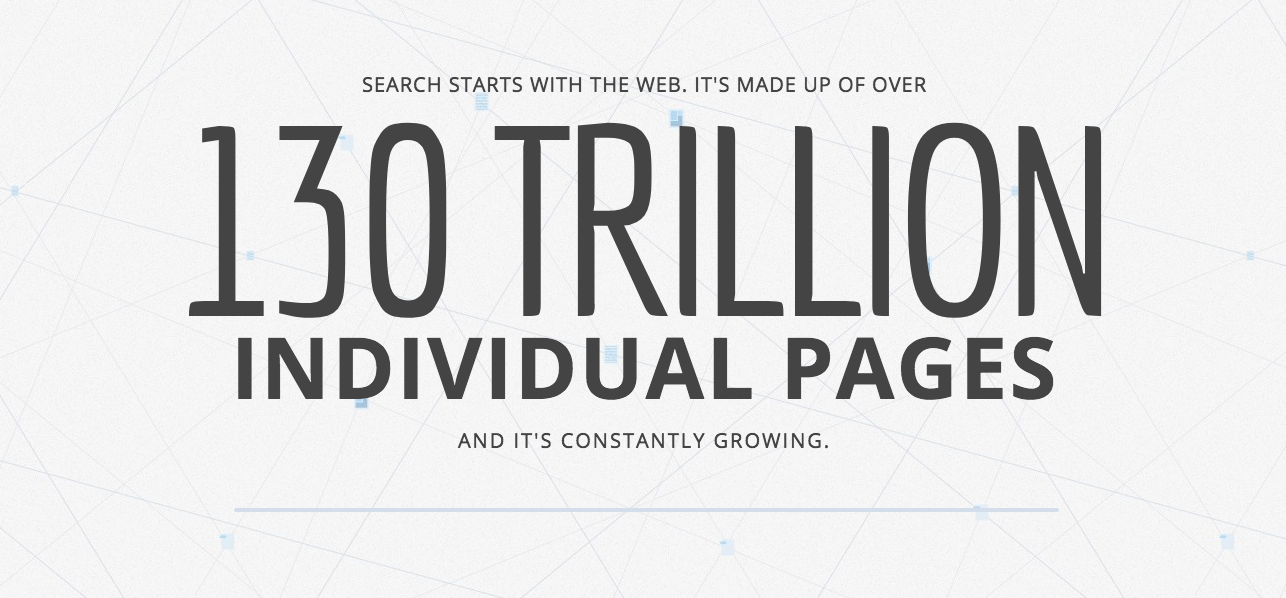It’s time stop obsessing over likes, comments and shares
Social media behaviour is generally a terrible predictor of user behaviour on your own website, so why are we still letting likes dictate our content marketing strategies? Newsroom.ly founder Leon Bombotas investigates.
Gaining and holding people’s attention is the biggest problem for marketers today.
Whether you’re an online publisher with something to say or a brand with something to sell, creating content that grabs attention has never been as much an imperative and, as great a challenge.
More content has been created in the past five years than in the prior 5,000 years. According to Google, the web is made up of over 136 trillion pages, while only a ‘tiny’ fraction of these – about five billion pages – are indexed for search. Suffice to say, there’s a lot of content already out there.

There’s a whole lot of pages out there


Couldn’t agree with this more. Ive known Leon for over 20 years and his insights never cease to amaze me. He has an unusual and diverse background, including but not limited to cutting edge analytics, thought leadership on many issues including social justice and certainly in the publishing domain. I’m in the health and beauty products sector selling both B2C and B2B. So content marketing is important and its a category where many of my competitors (thank you guys) waste huge amounts of time with little results/ROI. Then again I guess I’m a little biased as ive always been a data driven direct marketer putting the consumers real wants and needs above some fake brand image that many of my competitors stupidly and elusively chase.
I find myself generally agreeing with this precis. I still believe that serving up content based on cues elicited from an individual’s behavioural data can lead to the same problems we are now discovering with regards echo-chambers. That is, however, assuming these echo-chambers actually are problematic.
An apt description of this richer source of behavioural. Thank you Leon.